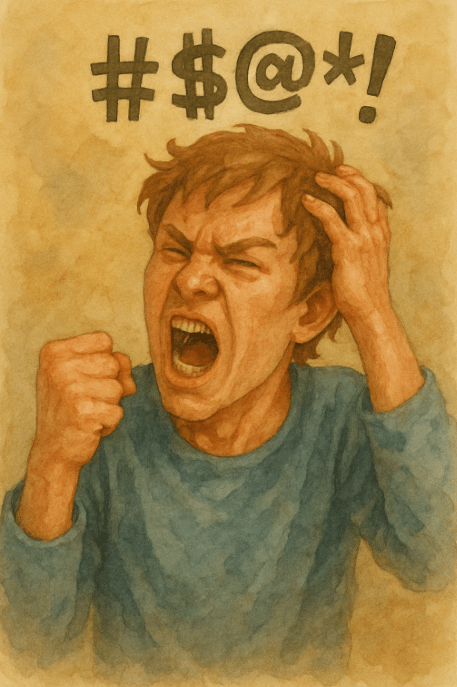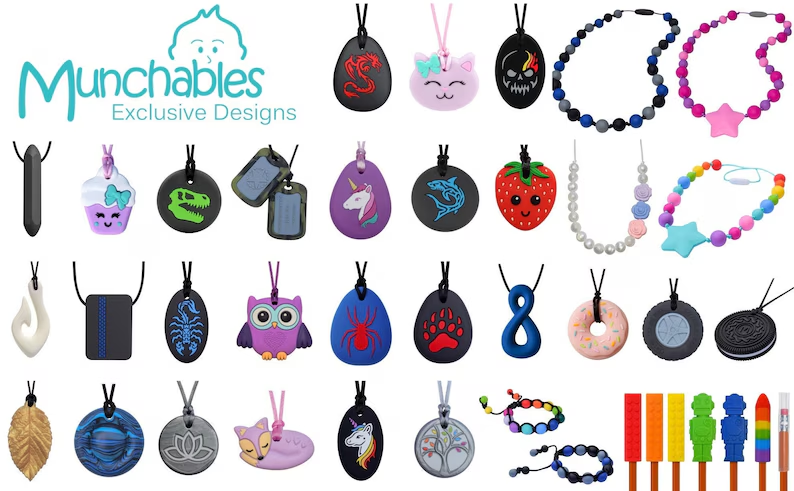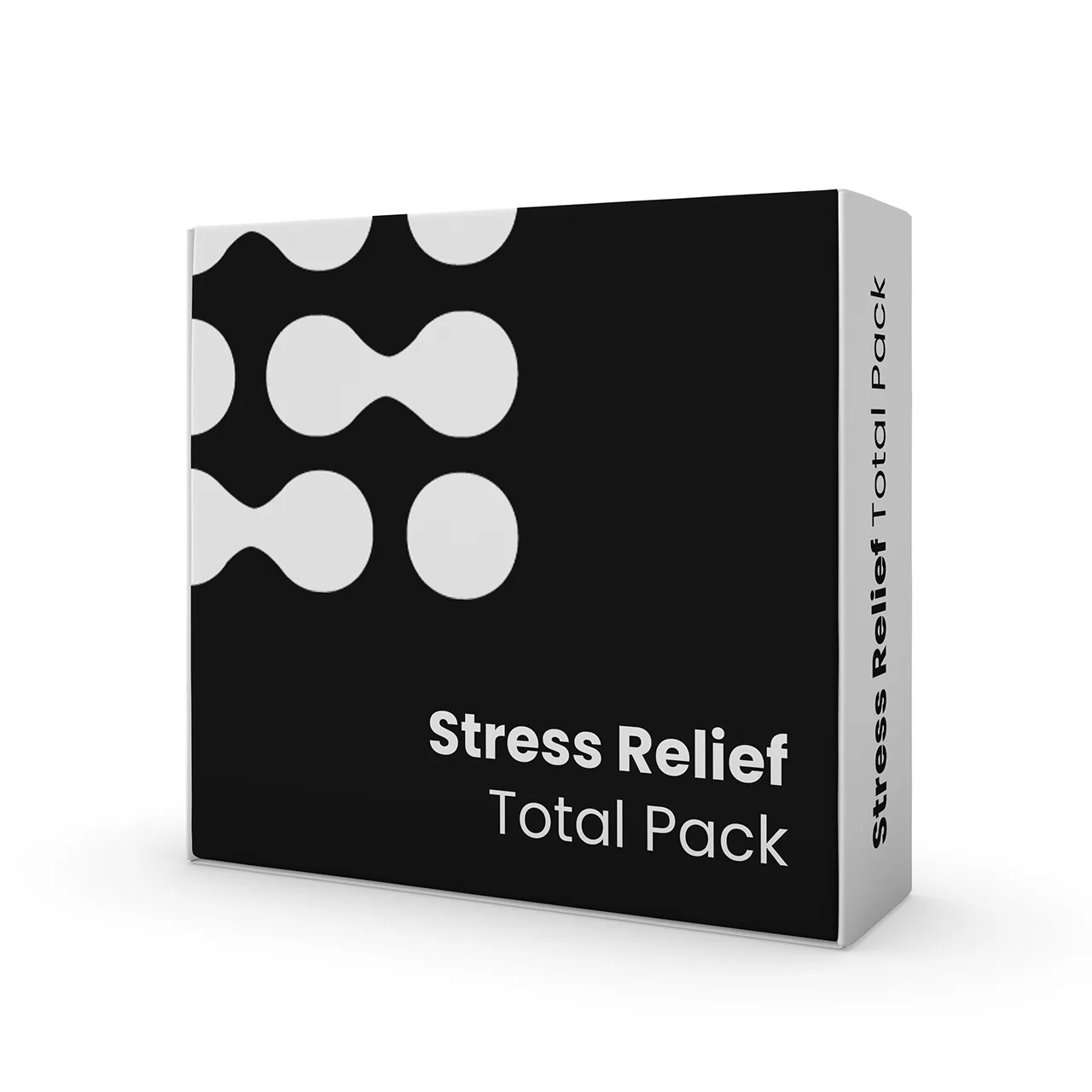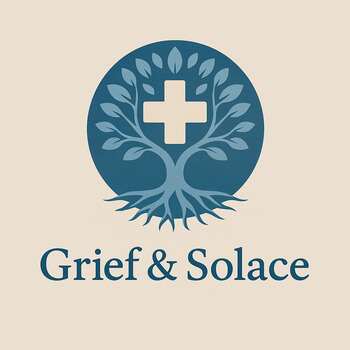Grieving Tourette Syndrome: Mourning the Quiet That Never Returned
Grief tied to Tourette syndrome is lived in every sudden noise and every stare, watching the world misjudge someone who never asked for the battle.

This post blends real grief with grounded knowledge. It isn’t clinical. It isn’t distant. It’s meant to sit beside you—not above you. The story you’ll read is meant to reflect what so many feel when living through or witnessing this condition: confusion, exhaustion, and quiet forms of courage.
If what you read feels familiar, please speak with your doctor. Your pain deserves more than silence.
He Laughed with Us, Even When the World Laughed at Him
He was the kind of kid who always raised his hand too fast, eager to speak, to be heard…even if he didn’t quite know how to do it quietly. In second grade, the teacher called it “excitability.” By fifth grade, they said it was “disruptive.” But by eighth grade, it was just “him”—a part of who he was.
The blinking came first. Then the throat-clearing. Then the jerks—small shoulder snaps, like he was trying to shake off something no one else could feel. And then came the words…fast, loud, uninvited. Swears, sometimes. But mostly sounds that broke the rhythm of rooms, disrupting everything.
🧠 Symptoms:
– Involuntary, repetitive movements (tics) and vocalizations that vary in type and intensity
– Typically begin between ages 2 and 15; often peak in childhood or early teens
– Tics worsen with stress, excitement, illness, or fatigue, often improving with age
– **Motor tics**: simple (eye blinking, head jerking) or complex (touching, hopping)
– **Vocal tics**: simple (grunting, throat clearing) or complex (phrases, echolalia, coprolalia)
– Premonitory urges: sensations like itch or tension before tics, relieved by performing them
They told him to stop. Every adult in his life did. “Control it.” “Hold it in.” “Focus.” He tried. God, he tried. Held his breath until his ribs hurt, sat on his hands in class, and bit the inside of his cheek so hard it bled. Because nothing hurt like being the punchline. He wasn’t trying to be funny, but they laughed anyway… even the nice ones. Even the ones who didn’t know better… Especially the ones who didn’t.
At home, his mother thought he was just being difficult. Called it “nervous energy.” Told him to drink more water, eat more protein, and pray more. She didn’t mean to hurt him. She just didn’t understand.
No one did…until someone finally named it…Tourette Syndrome. He was fifteen.
The diagnosis was supposed to be a relief. It wasn’t. It was a label, and he’d already spent years being labeled. But it gave him something—proof that he wasn’t broken on purpose.
Complications:
– Social stigma, bullying, low self-esteem
– Associated conditions: ADHD, OCD, learning disabilities, sleep issues
– Emotional regulation difficulties and mood disorders
– Chronic pain from repetitive movements
Causes:
– Neurodevelopmental disorder with unknown exact cause
– Likely involves genetic predisposition and abnormal dopamine, serotonin, norepinephrine transmission
– Environmental triggers (prenatal stress, low birth weight) may influence onset
Still, the world didn’t change. Kids whispered, teachers sighed, strangers stared in grocery store lines when he whistled under his breath or yelped without warning. He started joking about it…beat them to the punch. Said things like “My brain’s got jazz hands,” and “Guess my mouth didn’t get the memo.” Sometimes they laughed with him. Sometimes they didn’t.
But he kept laughing anyway… Because there was power in choosing the rhythm, even when the rhythm wasn’t his.
He found others like him, online at first, then in person. People who didn’t flinch. People who twitched back. People who made space instead of apologies.
And in that space, he stopped hiding. Stopped hating. He didn’t get quieter. He got louder…in the right ways.
He spoke at a school assembly once, saying, “I have Tourette’s. I twitch. I tick. I talk too loud sometimes. But don’t mistake my noise for nonsense.” And no one laughed. Not that day.
His body moved to a rhythm the world didn’t teach. But it never silenced him…and he never danced alone again.
Risk Factors:
– Family history of tics or Tourette’s
– Male sex (3–4x more common)
– Comorbidities: ADHD, OCD, autism, anxiety, depression
– Sleep disorders and stress
📘 Diagnosis & Treatment
Diagnosis
– Clinical, based on:
– Both motor and vocal tics persisting >1 year
– Onset before age 18
– No other medical explanation (e.g., medication side effects)
– Supporting tests: MRI, blood work, video documentation
Treatment
Medications
– Dopamine antagonists: haloperidol, risperidone, pimozide
– Tetrabenazine (dampens dopamine, side effects include depression)
– Botox injections for localized tics
– Alpha-agonists: clonidine, guanfacine (help impulse control)
– SSRIs for comorbid anxiety/OCD
– Topiramate (antiseizure) in some cases
Behavioral Therapy
– CBIT (Comprehensive Behavioral Intervention for Tics): habit reversal, awareness training, competing responses
– Psychotherapy to support emotional well-being and address comorbidities
Advanced Options
– Deep Brain Stimulation (experimental, for severe, treatment-resistant tics)
Coping & Support
– For children: advocate at school, support friendships, learn about peer support groups
– For adults: educate colleagues/employers, practice mindfulness, join support networks
– Reduce stigma, foster understanding, and build confidence through acceptance
Living With It
Tourette’s is not just noise. It’s a lifetime rhythm of interruptions. You don’t choose to bark or twitch or shout—but the world often treats you as if you do. Every tic can feel like a risk: of embarrassment, misunderstanding, ridicule. You learn to conceal, to apologize, to hold still—until you can’t.
And in that, grief quietly resides—over moments lost, connections missed, misunderstandings that hurt. Yet your tics are not your shame—they’re your fire. Your honesty. Your stand against control. You move through life louder, rawer, and still, you move.
You are not disruption. You are a rhythm the world has yet to learn to dance to.
I know this is heavy, and I understand that the road ahead may feel like a tangle of loss and unanswered questions. But please hear this: you are not broken because you are hurting; you are not weak because you are afraid. You are living through something real, and survival itself is a kind of grace. You are allowed to struggle, you are allowed to hope, and you are allowed to not have all the answers today. Whatever comes next, you do not face it empty-handed; you carry every moment of love that shaped you, and that will always be enough to keep going.
🎀 Gifts to help With Tourette Syndrome
🏥 Everyday Comforts for Everyday Battles
Managing Tourette Syndrome often means needing a little extra help.
Sometimes it’s about restoring dignity, ease, or simply getting through the day with less pain.
These carefully chosen tools aren’t just items; they’re small bridges back to living.
This section is about finding practical support, never shame.
Discreet Sensory Chew Necklace – A Safe Outlet for a Body That Needs to Move
Tourette’s often comes with sensory overload and compulsive urges to move, chew, or twitch. This discreet chewable necklace offers a quiet, wearable way to release tension and redirect urges without damage or embarrassment. Especially useful for kids, teens, and adults navigating public spaces or high-stim environments. It’s not suppression—it’s safe expression.
🌿 Paths to Healing Beyond the Map
Sometimes traditional medicine isn’t enough.
If you’re exploring gentle, alternative options to help with Tourette Syndrome,
you might find comfort in plant-based compounds like **CBD or CBG**.
*This section is not medical advice, just a door left open.*
USA Stress – Nervous System Support for Brains That Fire Too Loud
While tics can’t be cured, stress, fatigue, and overstimulation make them worse. This Total Pack blends CBD, calming adaptogens, and focus-friendly support to help reduce background noise in the nervous system. It won’t erase the tic. But it may help the body stop spiraling around it.
Need a Different Path Forward?
Every journey through grief looks different. Choose the next step that speaks to where you are now:
When You're Ready to Start Healing
Healing doesn’t mean forgetting.
It means finding small ways to carry your grief with strength and grace.
These are the stories, tools, and gentle steps to begin walking forward…at your own pace.
When You're Still in the Thick of It
Sometimes healing feels like a lie.
If you’re not ready to move on…if the pain still roars louder than the world wants to hear…this is the place where you’re allowed to feel it.
No sugarcoating. No pretending. Just truth.
When You're Holding on to Who’s Still Here
Grief reminds us to love louder.
If someone you love is still with you, this is your place to celebrate them, honor them, and create new memories while there’s still time.
Joy and sorrow can live side by side.






